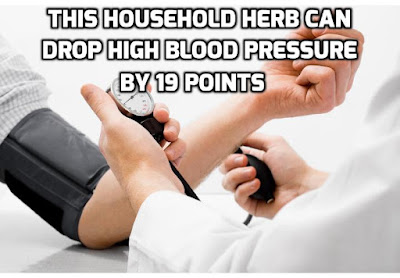 |
What You Need to Do
for at Least 20 Minutes Per Day to Stay Healthy?
It’s
unbelievable that something as simple as this 20 minutes to 40 minutes daily
routine can lower your risk of dying from virtually any disease by 50%.
A
new study from George Washington University in Washington, DC, proves that
people who did this one thing were twice as likely to be alive at the age of 80
as those who didn’t do this.
Not
just that, but they also suffered from fewer diseases and had better physical
and mental health. The best part is that you can start doing this right now to extend your life and well-being.
What Can You Get from
20 Minutes of Walk Per Day?
A
20 minutes to 40 minutes’ walk per day (or equal amount of physical activity)
is enough to put you in the ‘long life expectancy’ group. Although eating healthy and dumping bad habits doesn’t hurt, either.
To
reach this mind-blowing conclusion, researchers assessed the physical states of
2,153 men over 70 years old. They rated fitness in four categories: very low,
low, moderate and high fitness.
Nine
years later, they followed up on who had lived and who had died.
Surprisingly
(or not), for every 100 who died in the very-low-fitness category, only 53 died
in the high-fitness group. 82 in the low-fitness category died and only 64 in
the moderate-fitness category died.
As
you can see, there isn’t a big difference between the life expectancy of
high-fitness and moderate-fitness people (11 %). But there was a much greater
difference from very-low-fitness to low-fitness and low-fitness to
moderate-fitness (18 % in both cases).
So
even if you don’t think you can reach the high-fitness group, at least try to
stay moderately fit. All it takes is a 20 minutes to 40 minutes’ brisk walk
daily. In addition, you should also eat healthily and try to dump bad habits.
In
fact, many top athletics don’t work out more than 40 minutes per day, except
right before a competition. Instead, they increase the intensity of the
workout. So, if you want to reach the high-fit category, you still only need 20
minutes to 40 minutes of exercise daily. Just boost the power.
One simple, high-intensity, 20 minutes to 30 minutes’
exercise includes the following:
1)
A 3 to 5-minute, relaxed walk (jog, bike, swim whatever).
2) Do 30 seconds to 1 minute of a great power walk (run, bike, swim whatever). Put in everything you got into this.
3) Repeat #1 and #2 five times and then end with #1.
2) Do 30 seconds to 1 minute of a great power walk (run, bike, swim whatever). Put in everything you got into this.
3) Repeat #1 and #2 five times and then end with #1.
Now
another piece of information that is even more important to boosting longevity than keeping high blood pressure at bay. High blood pressure is the number one underlying cause of death for people over 70.
The
easiest and best way I know to lower blood pressure is actually another type of exercise.
But unlike the high-intensity exercises above, with these blood pressure exercises, you won’t even break a sweat.Learn these simple blood pressure exercises here…
This
post is from the High Blood Pressure Exercise Program. It was created by Christian Goodman Blue Heron health
news that has been recognized as one of the top quality national health
information websites.
This program will
provide you the natural high blood pressure treatments, natural recipes to cook
healthy meals and useful strategies to build a healthy diet with the aim to
help you to maintain and stabilize your blood pressure.





